Enquiries from enthusiastic and talented applicants can be made at any time to d.stjohnston_at_gurdon.cam.ac.uk
Who's who

I am a Wellcome Principal Research Fellow and Professor of Developmental Genetics at the University of Cambridge. My primary research is focused on cell polarity and body axis formation during development using Drosophila and intestinal organoids. Currently, I am focused on using localization based methods to better understand the distribution of polarity proteins.
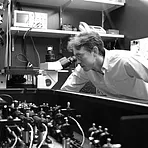
Since joining the St Johnston Lab in 2016, I have been focused on using super-resolution imaging methods with biologist. At present, I am investigating multi-color imaging in Drosophila egg chambers, automated data analysis, mechanical design and microscope control software development.
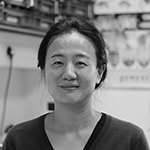
I am interested in how the epithelial cells polarise in the fly gut throughout the fly development stages and what makes the gut different than the other epithelial tissue.
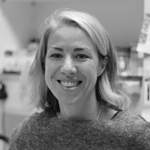
Much of my work focuses on how cells become polarised, how polarity controls the organisation of the cytoskeleton, and how the polarised cytoskeleton is used to target components to the correct place in the cell. In Drosophila, the anterior-posterior axis of the oocyte is defined at mid-oogenesis when the conserved PAR-1 kinase is recruited to the posterior cortex of the oocyte, where it polarises the microtubule cytoskeleton to define where anterior and posterior determinants localise. We are currently identifying what are the upstream signals that allow PAR-1 to define the anterior-posterior polarity.

I am researching the mechanisms underlying the establishment and maintenance of polarity in the epithelial cells of the Drosophila midgut.
One of the most fascinating features of the epithelial cell is its continuous yet compartmentalized plasma membrane. I am interested in how receptors and polarity molecules are targeted to the designated region of the plasma membrane. Combining Drosophila genetics and advanced microscopy, I am attempting to address this question in vivo in a quantitative fashion. If you are interested in any aspects of my work, please get in touch.

I work in the St Johnston Lab as a senior research lab technician. I am responsible for the maintaining, producing and supplying a wide range of genetically modified Drosophila lines. These lines are used as important tools to answer many questions in cell polarity. I also use genetic tools such as Gene Swap to establish new transgenic Drosophila lines for the research projects in the lab.

I am interested in how microtubules (MT) get organised in polarised cell. I study how noncentrosomal MT organising centres (ncMTOCs) accumulate apically in epithelial cells and contribute to the formation and maintenance of apical-basal polarity of the cell. I also work on the oocyte specification project to discover the symmetry-breaking signal in the female germline cyst and the role of ncMTOCs in fate determination of germ cells.

My official role as Senior Research Technician is to assist the St Johnston lab in making transgenic flies. This mostly involves ‘fly whispering’ to ensure there are enough correctly staged embryos and the subsequent microinjection of either DNA or RNA. In addition to my main job, I also provide advice to the lab on entomology, cars, photography and all things motor racing! Last but not least, the most important aspect of my job is to always be available for tea with struggling PhD students!
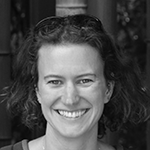
My research covers several topics. In collaboration with Ed and George I am working on super-resolution microscopy (Peptide-PAINT, DNA-PAINT, STED). With Helen I am investigating polarised trafficking in the follicle cells, using the RUSH (retention using selective hooks) system to synchronise cargo release and dissect the pathways the cargo takes to reach its destination. I also spend time making tools for the lab to further other research projects.

My work aims to identify the interacting partners of cargoes that target their polarized exocytosis to specific regions of the plasma membrane, using the follicular epithelium of Drosophila melanogaster as a model system. Once the interaction partners for each cargo have been identified, I would like to test if the trafficking of the latter are impaired in the absence of these regulating partners leading to their random distribution along the epithelium and to a general loss of polarity.

I have been part of the super-resolution group since its beginning and I am primarily focused on optical design and data analysis. I am the main driver of a number of developments within the group including our pivot to DNA-PAINT and novel approaches for better optical sectioning.
The goal of my research is to better understand the molecular basis of the epithelial polarity programme in the intestine. I am currently working on a microscopy-based large-scale forward genetic screen to identify and characterize novel factors required for the apicobasal polarity establishment in the Drosophila gut epithelium.
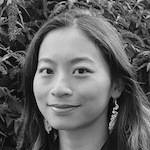
I study the role of MYO5B gene in mammalian gastrointestinal epithelial cell polarity and trafficking machinery. The MYO5B gene provides instructions for making myosin Vb protein which involved in the transport of components within and between cells and helps to determine cell polarity. I aim to understand the role of MYO5B in establishing intestinal epithelial polarity and trafficking machinery, and examine whether rescue MYO5B phenotype in microvillus inclusion disease model restores epithelial polarity and trafficking machinery in molecular detail.